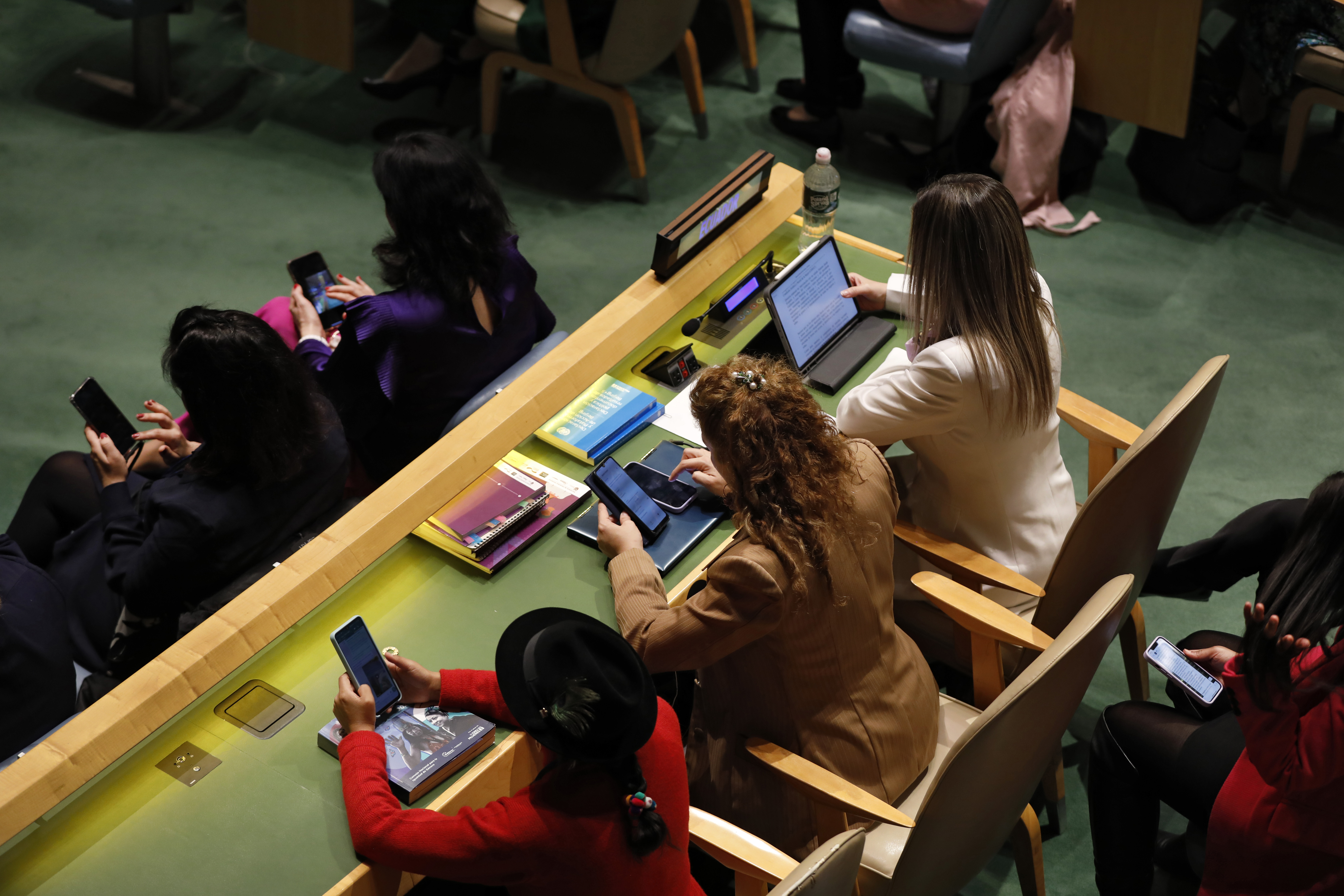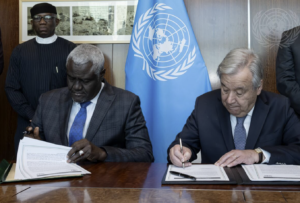Executive Summary
The digital gender divide continues to grow in many countries across the globe. While technology has brought immense benefits, the migration of social and economic life online during COVID-19 has contributed to the expansion and evolution of different forms of violence that occur through or are amplified using technology. Women and girls face a range of threats to their safety online and are more likely than their male counterparts to be harassed and targeted through different forms of technology-facilitated gender-based violence. For those women in public life—whether politicians, journalists, activists, or human rights defenders—abuse may be targeted to silence and deter them from engaging in debate and to restrict their use of online platforms. Violence in online contexts is particularly pernicious because it is difficult to remove or eliminate harmful content. Unfortunately, in many countries violence in online settings or that is enabled through different forms of technology is not considered as serious and worthy of a response as some other forms of violence or crime, despite the significant harms that may result.
There are a range of multilateral and multistakeholder processes underway to address the issue of violence against women and girls (VAWG) in digital contexts. The recently adopted conclusions of the 2023 Commission on the Status of Women build on efforts in the UN General Assembly’s Third Committee and in the Human Rights Council over the last decade to develop consensus on the different types of action required to end VAWG in digital contexts. These include calls for legislation, accountability mechanisms and support to survivors. However, as with all multilateral commitments, progress relies on the actions of governments to implement domestic change. National processes to implement multilateral commitments to address VAWG in digital contexts remain largely ad-hoc and are limited by lack of political will, resources, understanding, and capacity to effectively address this issue.
There is a need to expand understanding about the different obstacles that need to be addressed to strengthen domestic implementation of the multilateral commitments that have been made to end VAWG in digital contexts. Building on previous research by the Stimson Center, this paper provides a blueprint that offers ten overarching strategies for governments to consider in the development of more effective and coherent domestic policy on ending VAWG in digital contexts. The blueprint also offers a framework for civil society to hold governments to account for the commitments they have made to end VAWG in digital contexts through different multilateral processes.
Read the full report here.




